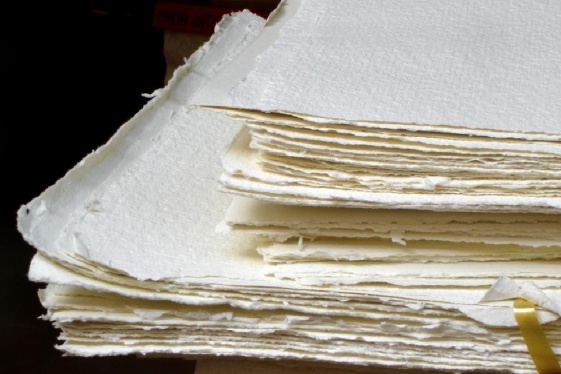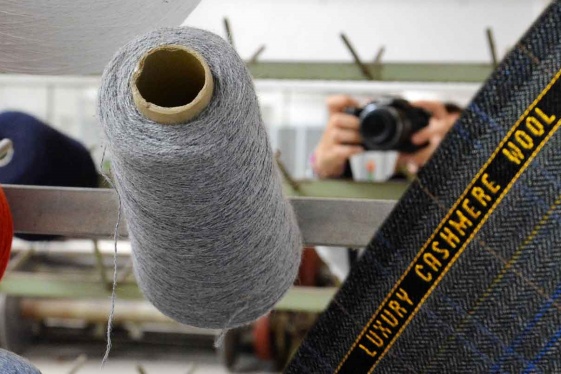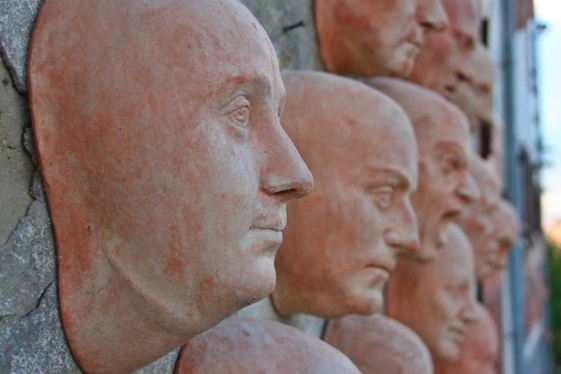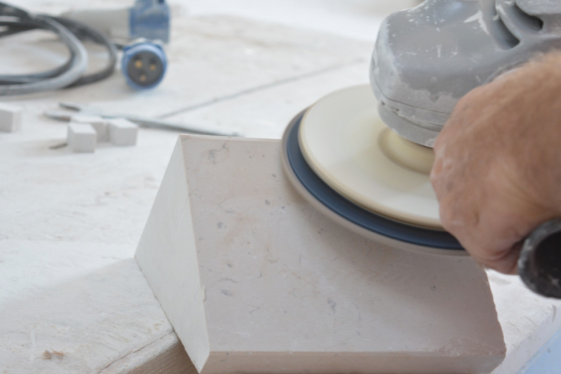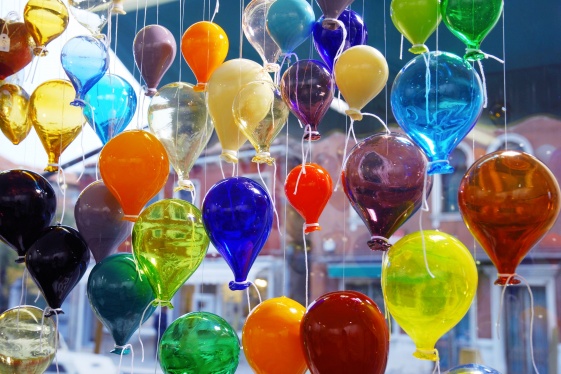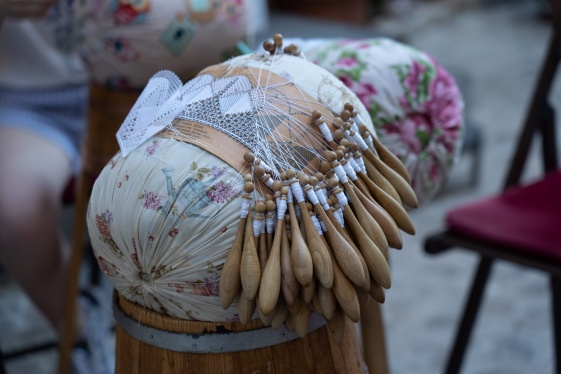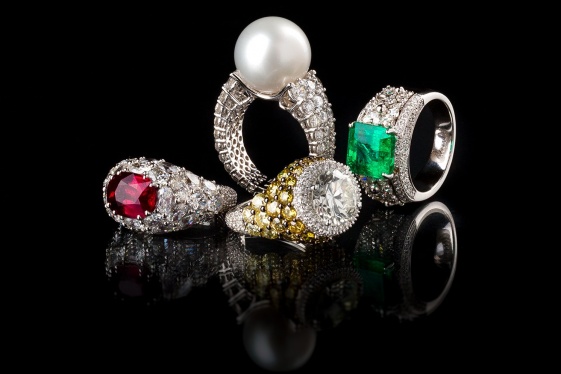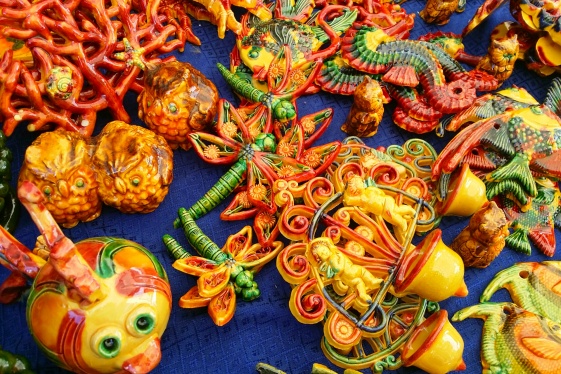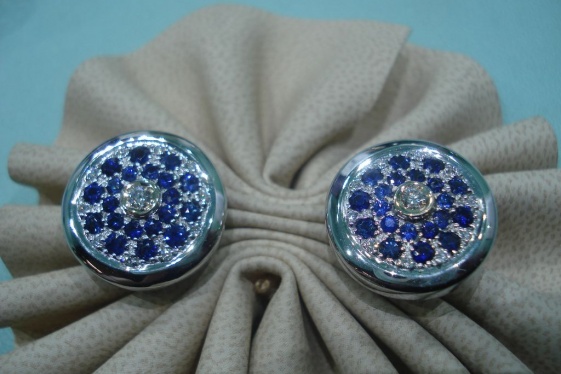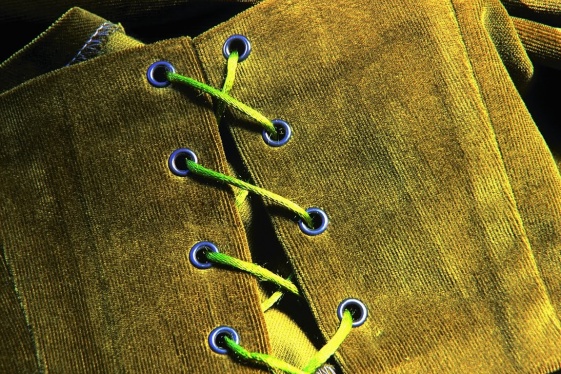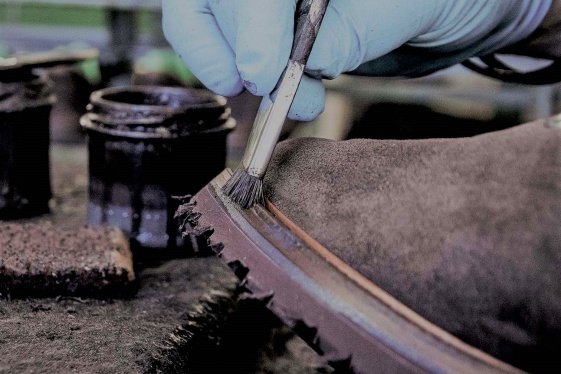
Unioncamere
Unioncamere - the Union of Italian Chambers of Commerce, Industry, Handicraft and Agriculture - is the public association that institutionally collects and represents the Italian chamber system. www.unioncamere.it
Italian handcrafts: Paper from Fabriano
Fabriano is one of the few cities in the world where paper is still being made by hand as a testament to the will not to lose its ties with a tradition that is hundreds of years old. The first paper in the West was created here thanks to the technological innovations that this area brought to the manufacture of this product. The most important inno...
Italian handcrafts: Biella textiles
The historic textile tradition of Biella owes its development to the characteristics of the local area: its location in the foothills of the Alps favoured livestock breeding rather than extensive crop cultivation and so the use of sheep fleece to provide yarns and fabrics became established in the area. The abundant presence of watercourses and the...
Italian handcrafts: Ars Canusina
Ars Canusina art handicraft owes its origin in the 1930s to Maria Bertolani Del Rio, a psychiatrist at the San Lazzaro asylum in Reggio Emilia. In 1921 the “Antonio Marro” boarding school was established within the asylum, with therapeutic methods that included learning to make hand-crafted objects. In 1932 the school was invited to participate in...
Italian handcrafts: Impruneta Terracotta
The origins of this activity date back a long way, and the oldest examples of Tuscan earthenware tiles that we know of are the bricks and roof tiles dating from the eleventh century in the Chianti area. During the fifteenth century, the relationship between Impruneta and Florence was forged, with the Impruneta kilnmen working to produce earthenware...
Italian handcrafts: Apuan Versilia Marble
The Apuan-Versilia territory hosts one of the oldest production activities in Tuscany, that has been conducted uninterruptedly since pre-Roman times to the present day with different intensities and characteristics, but always with a reputation of production and an unquestionable “personality” that represents a historical thread that is constantly...
Italian handcrafts: Murano Glass
The first evidence of glassmaking activities in Venice dates back to 982 A.D., but it was in 1200 that the glassworks first became concentrated in Murano, creating refined products that were far removed from the rougher items produced by other European manufacturers. Towards the year 1000, under the Venetian Republic, known as la Serenissima, all t...
Italian handcrafts: Ascoli Piceno Lace
Textile weaving with vegetable fibres (especially silk) and wool has been a fundamentally important activity in the Piceno area for centuries. Almost all rural homes had at least one loom, around which the women would be engaged in spinning, warping, weaving, tailoring and embroidery. Complete bridal trousseaux were made at home, as well as dresses...
Italian handcrafts: Padua and its Gold Work Tradition
Padua’s gold work tradition originated in the Middle Ages. The first statute of its goldsmiths’ guild dates back to 1454 and consists of a collection of rules governing the fraternity, the organisation of the workshops, hallmarking procedures and product quality standards. The fifteenth century saw a large influx of master goldsmiths to Padua from...
Italian handcrafts: Ceramics from the Reggio Calabria province
The production of artistic ceramics in the province of Reggio Calabria and, more broadly, across the whole region, is one of the most ancient and upcoming local traditions. Thanks to the perseverance of skilled ceramists, coupled with the resourcefulness of capable young craftsman, it stands today as one of those ancient crafts whose origins, techn...
Italian handcrafts: The art of goldsmithery in Latina
The history of pontino precious metal work began in the fourth century B.C. and was initially distinguished by a certain austerity, then became an element of artistic expression with the advent of the Roman Empire and the annexing of much of the Hellenic world. The beauty of the jewelry became a tool adopted by the new political figures to show off...
Italian handcrafts: Nuoro Velvet
The name velvet comes from the Latin “vellus”, due to the characteristic dense pile on the right side of the fabric. Originally produced in the East, its use spread among the wealthier classes of the West in the 13th century. Velvet began to be produced in Italy in the 1500s, a time when a clear distinction was made between fabrics for clothing and...
Italian handcrafts: Footwear of Riviera del Brenta
One of the oldest congregations of shoemakers was founded in Venice in the 13th century. The Statute of the Congregation was reformed in 1268, the year used to calculate the duration of the Art of the Calegheri. The seal of the “Confraternita dei Calegheri” (Cobblers’ Confraternity) has remained a badge for the sector for centuries, which from Veni...



